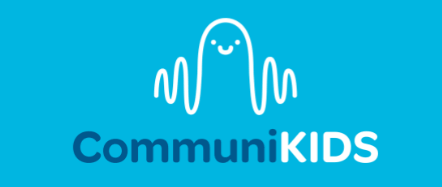Telehealth and Speech Therapy
Over the past few years, adults and children alike have become very familiar with using programs such as Zoom, Teams and more to work, learn and socialise. Use of these programs is also common in speech therapy, and was used prior to the uptake in technology use in 2020. There are a variety of reasons why a speech pathologist may recommend or use telehealth in speech therapy sessions.
Why use Telehealth?
There are many reasons families may choose to use telehealth or why a speech therapist may recommend it. These include:
Limited access to local speech therapists due to location, such as rural clients, or waitlists;
Children who have high anxiety over entering different places outside of home;
Illnesses or susceptibility to illness, such as with immunocompromised individuals, preventing the child from coming to the clinic;
Busy schedules making it challenging for the parent to bring the child in or for the clinician to visit the home or school;
Greater access and ability to provide training to the child’s support network, such as siblings, teachers, EAs, and more;
Children requiring support from speech therapist with specific training.
Is my child a good fit for telehealth?
Just as not all therapy approaches suit every child, telehealth is not a good fit for all children and families. The speech therapist will discuss with the family whether telehealth is an option, taking into consideration:
Age - School-aged children are often better suited to telehealth due to their ability to sit and maintain attention. However, that’s not to say younger children can’t also use telehealth - it just means sessions may need to get a bit more creative!
Attention - Attention span is a big factor when considering telehealth. Often children with shorter attention spans will find it more challenging to keep attention on a telehealth session, particularly if it’s happening in a space they know well, such as their bedroom or playroom. Speech therapists and families can work together to create an environment that will best support the child’s attention.
Therapy approach - Teletherapy can be well suited to a parent coaching model, literacy and narrative, some language and other areas. However, it may not always be a great option for therapy approaches that may require a more hands-on approach, such as PROMPT (involving physical touching of the face to achieve movements) or feeding.
Location - Sometimes, even if telehealth is not the best fit, it may be the only option. The speech therapist will work with the family to make sure that the child gets the most out of sessions.
Access to technology - Telehealth does require some access to technology and the internet. The technology requires depends on the child. One child might need more portable equipment, such as a tablet, if they’re always on the go; another might need good lighting and a set of headphones.
Aside from the convenience of telehealth, there are other skills the child can pick up from speech therapy sessions via telehealth that they might not get as much exposure to in in-person sessions. A big one is requesting clarification or repairing breakdown in communication - things aren’t always clear over the screen, and kids quickly learn to speak up if they don’t understand or didn’t hear! Telehealth can also be fun and engaging, and allows use of the many online resources out there. Some clients even have better focus and attention over telehealth than in person!
Have more questions about telehealth? Contact us here!
